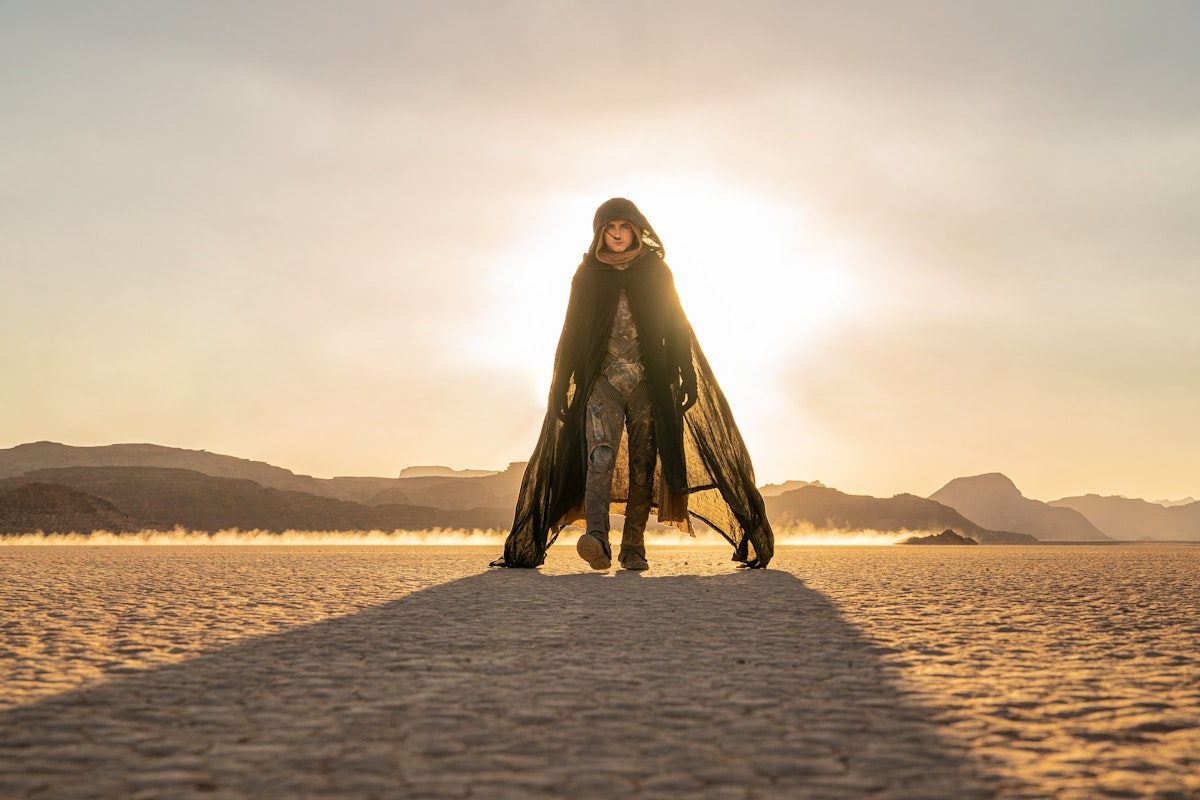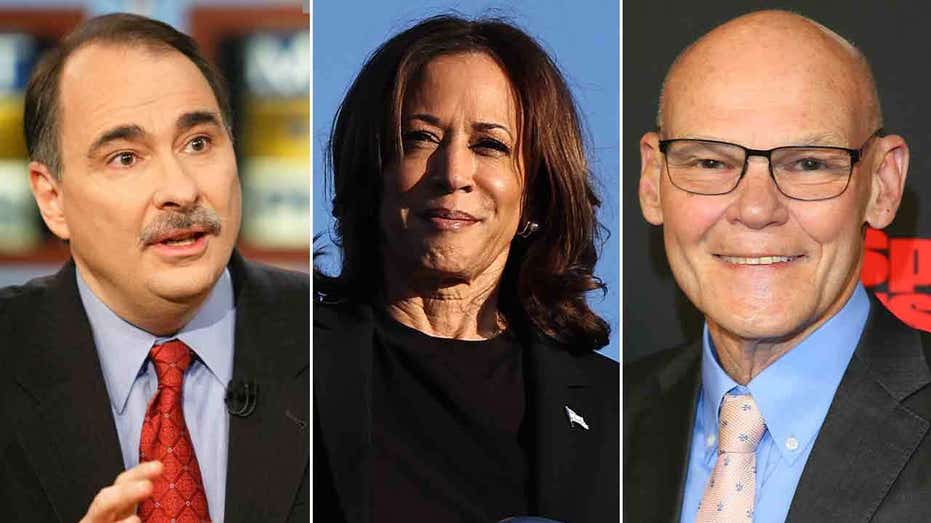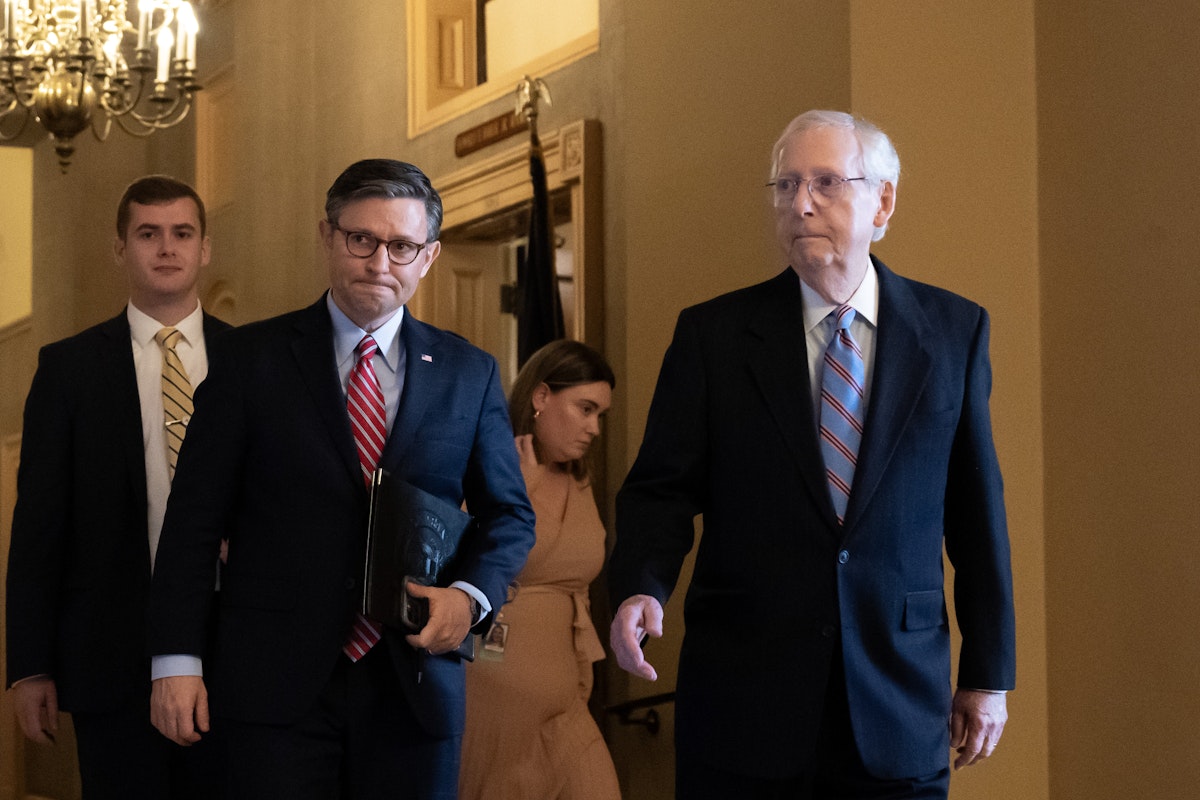Dune: Part Two Unleashes the Terrible Power of Paul
David Lynch’s 1984 film adaptation of Frank Herbert’s 1965 sci-fi novel Dune is best described as an interesting failure. Much of the failure was Lynch’s—he didn’t really understand the source material, and he made some questionable artistic calls—but blame must be shared with Universal Studios, which insisted Lynch significantly cut the intended three-hour runtime to a more manageable two hours. The result was a rushed third act that barely feels like a movie at times, and that hits many of the major beats of Herbert’s novel without giving them the necessary space to mean anything. At one point, the passage of time is conveyed through a montage while a narrator solemnly intones, “Paul and Chani’s love grew” as Kyle MacLachlan and Sean Young smooch to a Toto guitar riff. No wonder Lynch’s Dune was a critical and commercial flop, and no wonder Lynch himself still hates to be associated with it.With Lynch as a cautionary tale, it’s understandable why Denis Villeneuve insisted Warner Bros grant him more than five hours to tell the same story, split into two parts. The first of those came out in the fall of 2021, after pandemic-related delays, to mostly positive reviews; now, after strike-related delays, the second is finally here. Both halves were worth the wait, and having rewatched Part One in theaters less than 48 hours before watching Part Two, I feel confident saying that Villeneuve understands how to pace Dune in a way Lynch never did.Even with all that extra time, a hard-core fan of the novel might still flag some missing scenes and characters and concepts, but that’s forgivable. Villeneuve is clearly a hard-core fan himself, but he’s also trying to make a complex story work in a different medium, and the scenes and characters he does include need a chance to breathe. If it matters to the story that Paul and Chani’s love grew, then we need to see it grow, and we need actors—in this case, Zoomer icons Timothée Chalamet and Zendaya—capable of investing us in their romance.When we left off at the end of Part One, Paul (Chalamet)—heir to the noble House Atreides and possible end product of an ancient Bene Gesserit breeding scheme—had only just been introduced to Chani (Zendaya), a young Fremen warrior native to the planet Arrakis, and had fallen in with her desert tribe. Though Zendaya narrated the opening sequence of Part One and appeared in Paul’s prophetic visions throughout, her role in the first film was marginal; this time around, she’s given far more screen time and emerges as the film’s moral center.And if ever a film needed a moral center, it’s this one. Lynch’s Dune fundamentally misunderstood the story Herbert was trying to tell, which was meant to be about the dangers of religious fundamentalism and messianic hero worship; instead he filmed a conventional hero’s journey that ended by recognizing Paul Atreides as an actual messiah. Villeneuve has made clear in interviews and implicit in Part One that he wouldn’t make the same mistake, and only an unusually dense viewer of Part Two would miss the underlying tragedy of Paul’s revenge against his family’s nemeses, the Harkonnens, who are responsible for his father’s death and for his own exile to the desert. Villeneuve’s Harkonnens are repulsive and irredeemable, as both Herbert and Lynch made them, but Villeneuve also telegraphs throughout that an Atreides victory could be even worse, unleashing mass murder and starvation upon billions of innocents. This is a bleak story, and in order to bear witness to its bleakness we need at least one character who can see what’s really going on.Herbert was a marvelous world builder but a clunky stylist, and his novel’s strength is in the rich cultural, technological, and ecological details it lays out. Villeneuve, by contrast, is a great visual director working with an exceptionally stacked cast, and he manages to use those assets to tell Herbert’s story in some ways more effectively than Herbert did. Herbert’s details are faithfully recreated if you know where to look, but Villeneuve’s Dune is a human-centric story in which every major character has a thematic function as well as a plot function. Since the central theme of Part Two is the danger of a looming “holy war” (the film’s less loaded term for what Herbert called “jihad”) carried out by Paul’s Fremen legions, the major characters in Paul’s inner circle each represent a different angle on that war and what it would mean.Stilgar (Javier Bardem), the Fremen tribal leader who takes Paul under his wing, is a man of sincere faith in the messianic prophecy that Paul appears to fulfill; for him, each of Paul’s achievements is further confirmation, and behind him are millions of awestruck Fremen believers ready to be led into battle. Gurney Halleck (Josh Brolin), once Paul’s weapons instructor and now a spice smuggler, has no interest in religion but is preoccupied by a desire for revenge against the Harkonnens, who killed both his actual family and the Atreide

David Lynch’s 1984 film adaptation of Frank Herbert’s 1965 sci-fi novel Dune is best described as an interesting failure. Much of the failure was Lynch’s—he didn’t really understand the source material, and he made some questionable artistic calls—but blame must be shared with Universal Studios, which insisted Lynch significantly cut the intended three-hour runtime to a more manageable two hours. The result was a rushed third act that barely feels like a movie at times, and that hits many of the major beats of Herbert’s novel without giving them the necessary space to mean anything. At one point, the passage of time is conveyed through a montage while a narrator solemnly intones, “Paul and Chani’s love grew” as Kyle MacLachlan and Sean Young smooch to a Toto guitar riff. No wonder Lynch’s Dune was a critical and commercial flop, and no wonder Lynch himself still hates to be associated with it.
With Lynch as a cautionary tale, it’s understandable why Denis Villeneuve insisted Warner Bros grant him more than five hours to tell the same story, split into two parts. The first of those came out in the fall of 2021, after pandemic-related delays, to mostly positive reviews; now, after strike-related delays, the second is finally here. Both halves were worth the wait, and having rewatched Part One in theaters less than 48 hours before watching Part Two, I feel confident saying that Villeneuve understands how to pace Dune in a way Lynch never did.
Even with all that extra time, a hard-core fan of the novel might still flag some missing scenes and characters and concepts, but that’s forgivable. Villeneuve is clearly a hard-core fan himself, but he’s also trying to make a complex story work in a different medium, and the scenes and characters he does include need a chance to breathe. If it matters to the story that Paul and Chani’s love grew, then we need to see it grow, and we need actors—in this case, Zoomer icons Timothée Chalamet and Zendaya—capable of investing us in their romance.
When we left off at the end of Part One, Paul (Chalamet)—heir to the noble House Atreides and possible end product of an ancient Bene Gesserit breeding scheme—had only just been introduced to Chani (Zendaya), a young Fremen warrior native to the planet Arrakis, and had fallen in with her desert tribe. Though Zendaya narrated the opening sequence of Part One and appeared in Paul’s prophetic visions throughout, her role in the first film was marginal; this time around, she’s given far more screen time and emerges as the film’s moral center.
And if ever a film needed a moral center, it’s this one. Lynch’s Dune fundamentally misunderstood the story Herbert was trying to tell, which was meant to be about the dangers of religious fundamentalism and messianic hero worship; instead he filmed a conventional hero’s journey that ended by recognizing Paul Atreides as an actual messiah. Villeneuve has made clear in interviews and implicit in Part One that he wouldn’t make the same mistake, and only an unusually dense viewer of Part Two would miss the underlying tragedy of Paul’s revenge against his family’s nemeses, the Harkonnens, who are responsible for his father’s death and for his own exile to the desert. Villeneuve’s Harkonnens are repulsive and irredeemable, as both Herbert and Lynch made them, but Villeneuve also telegraphs throughout that an Atreides victory could be even worse, unleashing mass murder and starvation upon billions of innocents. This is a bleak story, and in order to bear witness to its bleakness we need at least one character who can see what’s really going on.
Herbert was a marvelous world builder but a clunky stylist, and his novel’s strength is in the rich cultural, technological, and ecological details it lays out. Villeneuve, by contrast, is a great visual director working with an exceptionally stacked cast, and he manages to use those assets to tell Herbert’s story in some ways more effectively than Herbert did. Herbert’s details are faithfully recreated if you know where to look, but Villeneuve’s Dune is a human-centric story in which every major character has a thematic function as well as a plot function. Since the central theme of Part Two is the danger of a looming “holy war” (the film’s less loaded term for what Herbert called “jihad”) carried out by Paul’s Fremen legions, the major characters in Paul’s inner circle each represent a different angle on that war and what it would mean.
Stilgar (Javier Bardem), the Fremen tribal leader who takes Paul under his wing, is a man of sincere faith in the messianic prophecy that Paul appears to fulfill; for him, each of Paul’s achievements is further confirmation, and behind him are millions of awestruck Fremen believers ready to be led into battle. Gurney Halleck (Josh Brolin), once Paul’s weapons instructor and now a spice smuggler, has no interest in religion but is preoccupied by a desire for revenge against the Harkonnens, who killed both his actual family and the Atreides family he served, and is eager to use the Fremen to that end.
Paul’s mother, Jessica (Rebecca Ferguson), a rogue Bene Gesserit who early in Part Two consumes the poisonous Water of Life and unlocks the memories of her ancient sisterhood, knows that the Fremen religion is a lie planted by the Bene Gesserit for their own mysterious long-term purposes, and she’s inclined to use that lie to protect her son and his claim to be the Kwisatz Haderach, a superbeing. And then there’s Zendaya’s Chani, who loves both Paul and her Fremen community exactly as they are, and who is sensibly skeptical of prophecies, superbeings, and vindictive crusades. Chalamet’s Paul is caught in the middle of all these cross-pressures, trying to avoid realizing his own terrible visions of the future but finding himself boxed in.
One advantage of telling the story this way is to counter inevitable claims that Dune is a standard Hollywood white savior narrative. Certainly the members of the Great Houses that run the Imperium are all played by white actors, whereas the Fremen are a mixed but overwhelmingly nonwhite population—the parallels to real-world colonial dynamics are obvious and intentional. But the Fremen are not presented as monolithic noble savages whose only role is to be instrumentalized by a highborn protagonist. As in the novel (and unlike in Lynch’s film), we spend time with them, learn their customs (notably the care with which they extract water from human corpses and put it to more or less sacred uses depending on their feelings for the deceased), learn to admire them as Paul does, and also learn that there are more secular Fremen like Chani alongside fundamentalists like Stilgar. Villeneuve takes the time to sketch these internal divisions, and from the beginning of Part Two we are privy to lively debates over the role of religion in a tribal society.
As for Jessica and Gurney, Villeneuve makes the bold decision to paint both of these fan favorites in a more sinister light than anyone previously had. Gurney is a military man out for Harkonnen blood and eager to use the Atreides’ secret stockpile of nuclear weapons for his narrow ends, and Jessica, once she attains the status of reverend mother, is actually more determined to exploit the Fremen religion and to realize Paul’s latent gifts than Paul is. This is something of an inversion from the novel, but it works—Jessica is far less passive in the latter half of the story here, and the qualities in her that frighten her former Bene Gesserit mentor (Charlotte Rampling, still a formidable presence at 78) are far more apparent.
If all this sounds ponderous and talky, rest assured that Part Two has more action and more spectacular set pieces than Part One, which is also consistent with the book. We see Paul learn how to ride a sandworm, and later we watch an army of sandworm riders bear down on the Imperial Sardaukar corps. We see daring Fremen guerrilla raids on spice harvesters, gladiatorial combat on the Harkonnen homeworld, and the detonation of those aforementioned nukes. We also see each of the Harkonnen villains—Baron Vladimir (Stellan Skarsgård), Rabban (Dave Bautista), and Feyd-Rautha (Austin Butler, appearing for the first time in Part Two and chewing up every scene he’s in)—knifed to death. As monstrous as each of them is, these knifings are brief and not particularly satisfying or dramatic; by the time they happen, Villeneuve wants us to understand that the Harkonnens are almost beside the point, and that the terrifying power Paul has unleashed is going to claim far more lives than these three.
Villeneuve is for the most part scrupulously faithful to the source material, which makes his most significant departures interesting and worth lingering on. The biggest is to compress the story chronologically so that Paul’s sister Alia, conceived weeks before the end of Part One, remains in utero at the end of Part Two (Herbert and Lynch both allow a few years to go by, and have a young Alia, born with all the adult memories of her female ancestors, present in the final act). Alia appears in Part Two as a conscious fetus to which Jessica is constantly talking, which is a detail so weird Herbert might as well have thought of it himself; we also glimpse an adult Alia in one of Paul’s prescient visions, and if Villeneuve delivers on his promise to adapt the second novel in the series, Dune Messiah, we’ll get to know her a lot better. For now, though, Villeneuve seems to have determined that Part Two is busy enough without a preternaturally wise little girl joining the cast (this also means it is Paul, rather than Alia, who kills the old Baron, who is revealed to be their grandfather).
There are some other secondary characters that fall by the wayside: the Atreides adviser Thufir Hawat (Stephen McKinley Henderson), who had a memorable role in Part One and who in the second half of the novel becomes a Harkonnen hostage, doesn’t feature in Part Two, and we don’t meet the emperor’s right-hand man, Count Fenring, though we do meet his seductive Bene Gesserit wife, Lady Margot (Léa Seydoux). We also meet Shaddam IV (Christopher Walken), the sad-eyed, Machiavellian emperor of the universe, and his sharply analytical Bene Gesserit daughter, Princess Irulan (Florence Pugh), who together stand between Paul and the fulfillment of his political ambitions. Like I said, the cast is stacked, and everyone seems thrilled to be a part of Villeneuve’s project, again in marked contrast to the labored performances by talented actors in Lynch’s film.
What’s most impressive about Parts One and Two alike might be Villeneuve’s ability to make all of this comprehensible to a lay audience that hasn’t read the book and doesn’t have access to its lengthy glossary. He has a remarkable sense of what does and what does not need to be explained, how to make exposition seem organic to the story, and how to balance this onslaught of information against the need to develop distinctive characters and advance the plot. He makes all of that look much easier than it actually is. Fans of the book can recognize all the subtle nods—for instance, how closely the emperor’s temporary headquarters on Arrakis resembles its description in the novel: “A single metal hutment, many stories tall, reached out in a thousand-meter circle from the base of the lighter—a tent composed of interlocking metal leaves.” Newcomers don’t need to know how accurately the film realizes that image to appreciate how cool it looks on screen. They may, however, understand some of the plotting and character motivations better than first-time readers of the novel do, because Villeneuve is frankly better than Herbert at establishing those in plain English and in logical sequence.
Villeneuve closes Part Two with the commencement of Paul’s holy war and with Chani’s lonely anxiety in the face of it. Assuming Part Two is as big a hit as Part One, it’s entirely possible he’ll have his opportunity to adapt the second novel in the series as Part Three, and to make even more explicit the bloody consequences of Paul’s apparent victory. It’s an auspicious time for these themes; while they don’t always map neatly onto current events, audiences today are plenty familiar with desert warfare, the destruction of tribal lands by extractive industry, climate change, the lure of fundamentalism to the oppressed and marginalized, and the dangers of singular charismatic figures seeking political power—not to mention the uses and misuses of hallucinogens. As big-budget sci-fi franchises go, Dune could hardly be more relevant. With Part Two, Villeneuve has definitively proven that it’s possible for Hollywood to do justice to Herbert’s vision.



